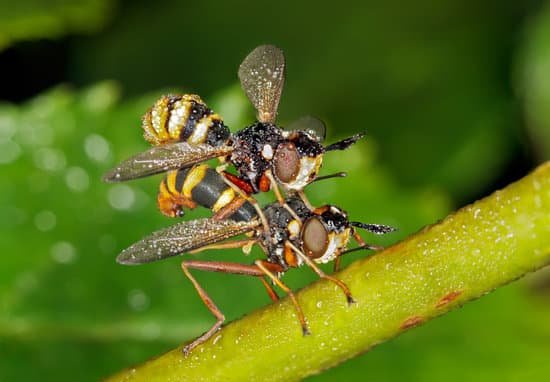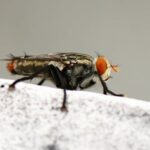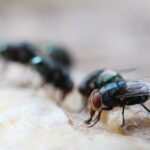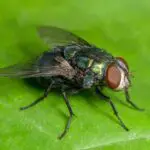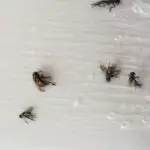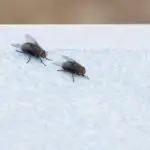The Life Cycle of a Fly
The life cycle of a fly involves four phases. The first phase is the development of the egg. The next phase is the development of the larva. Depending on the species, the eggs can develop into larvae, maggots, or pupae. Finally, the adult flies emerge from the pupae. The life cycle of a fly takes about two weeks.
Flies lay their eggs on surfaces that contain food and other consumable materials. Their breeding grounds include garbage, food left out, and even decaying corpses. They lay their eggs on many surfaces and are difficult to spot with the naked eye. Luckily, their eggs are not harmful to humans.
Female flies lay hundreds of eggs, and each egg hatches into a new fly within a few days. If the environment is suitable for the development of flies, they can multiply into millions in a relatively short period of time. Adult flies live about two weeks, and they can live for several months.
After a few days, the adult females begin laying eggs. Usually, they lay up to five or six batches of 75 to 100 small white oval eggs. The larvae grow and pupate in four to seven days under warm conditions. Once the larva is mature, it contracts into a pouch about a quarter of an inch in diameter. Inside, a true pupa forms. After a pupa is complete, the adult flies emerge.
